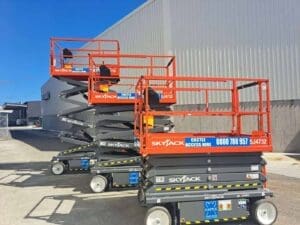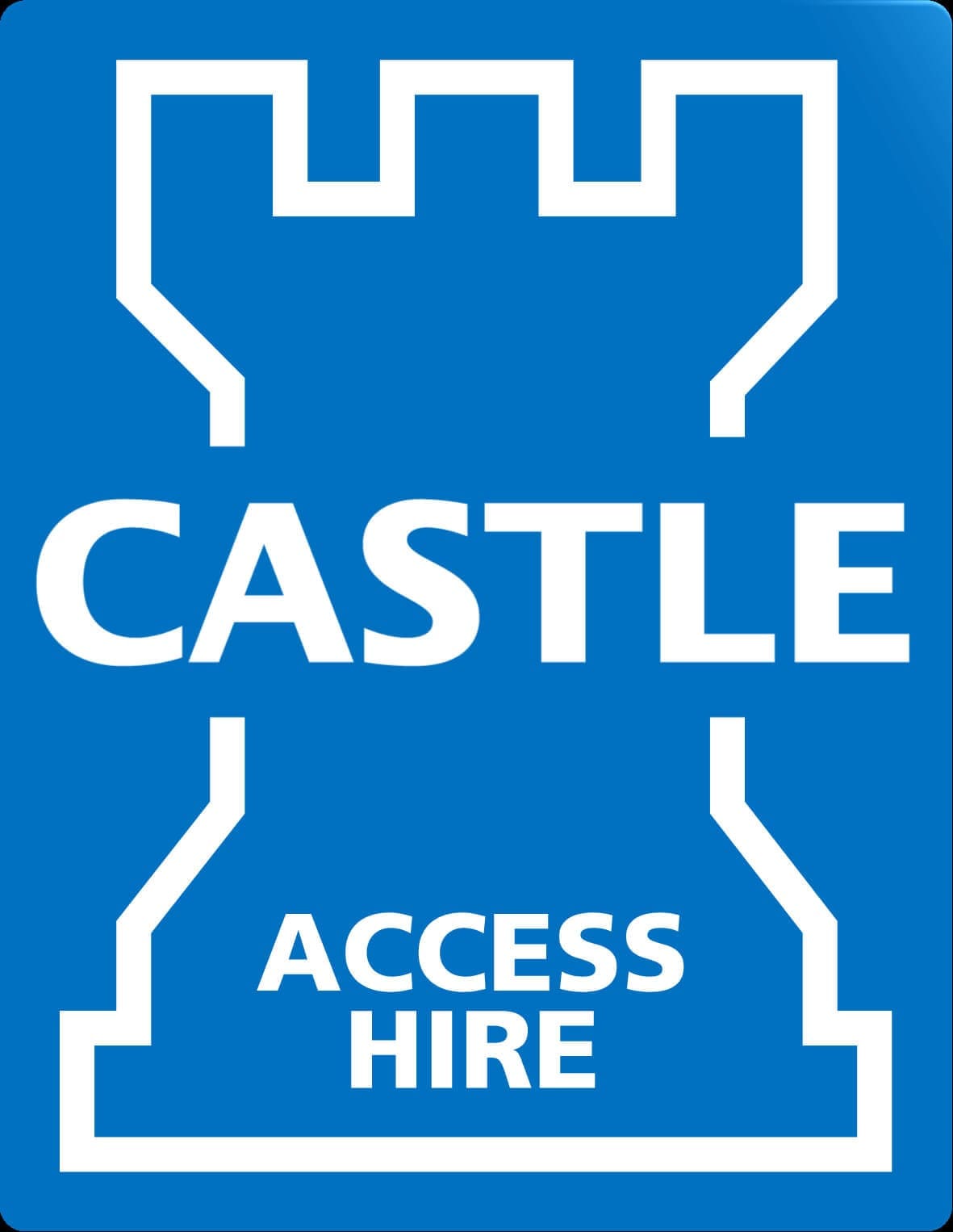Scissor lifts, mast lifts, boom lifts and other kinds of access equipment are invaluable for many projects. Lifts provide workers with stable platforms so they can work at heights safely.
However, if you’re working with your access equipment outside, you need to be aware of environmental dangers so that you and everyone on your team can stay safe.

Weather Conditions And How They Affect Access Equipment
New Zealand weather is often unpredictable, and you must act appropriately when handling any harsh weather. Poor weather can negatively affect the quality of your work while potentially hurting your team and equipment. Remember to stay communicative with your team and always prioritise safety.
What should you do?
Heavy Rain And Wet Surfaces. Rain can make surfaces slippery, causing serious slipping hazards for your team. Ladders, elevated platforms and other surfaces could become dangerous to use. This is even more dangerous when working at heights because falls at higher levels are particularly serious. Water can also hurt electrical systems if they’re not adequately protected, and your equipment may experience malfunctions or short circuits. Water and mud may make it difficult for your access equipment’s tyres to get traction on the ground.
- Check traction before moving lifts over wet surfaces.
- Use anti-slip mats on platforms.
- Avoid working near electrical hazards.
- Store equipment under cover when not in use to prevent rust and water damage.
High Winds. Strong winds are hazardous when working at heights, as wind can push team members and equipment. Furthermore, wind can shift equipment and destabilise raised lifts. Equipment that falls from platforms can pose a threat to everyone and everything on the ground near the lift.
High wind can also cause the ‘sail effect’. This is when access equipment or materials with a large surface area, like sheets or panels, act as sails when the wind blows against them. The sail effect can make your platform less stable and make the materials more difficult to handle.
- Check the lift’s wind rating.
- Avoid operating raised lifts in windy conditions.
- Lower the platform height if the wind suddenly increases.
- Use outriggers and stabilise if possible.
- Avoid working near open edges, power lines, weak surfaces or anywhere that may compromise your safety when it’s windy.
- Fasten down equipment when possible to prevent falling items.
- Avoid holding large items that can cause the sail effect.
Snow And Ice. Snow and ice create slipping hazards, making it difficult for workers and equipment to stay stable. Furthermore, ice buildup on equipment can cause malfunctions or degrade the material. Snow can reduce visibility and build up on platforms and surfaces. The cold air can numb fingers, reducing dexterity and making simple tasks much harder to complete. The increased difficulty caused by snow and other extreme temperatures can make work much more tiresome, impairing judgement.
Snow and ice can hide surface hazards like potholes, gaps and uneven terrain.
- Clear snow and ice from work areas and pathways before using your access equipment.
- Use snow-appropriate tyres or snow chains for your access equipment.
- Check ground stability before using lifts on snowy ground.
- Avoid overloading platforms. Even if your load is normally okay for your lift, snow and ice buildup can quickly weigh down the platform.
- Properly store protective gear. When your gear gets snowy, freezes and then thaws, the materials in your gear can become brittle. Take care of your equipment to avoid damage.
Extreme Heat. Sunny days may seem like the ideal time to work outside, but they bring their own issues. High temperatures can cause dehydration, reduced concentration and heat-related conditions like heat stroke. Plus, the bright sun can reflect off of metallic surfaces and cause glare. The hydraulic fluids and lubricants in your access equipment could overheat, reducing efficiency and potentially causing breakdowns.
Metal parts of access equipment can expand and deform in extreme heat, possibly impacting their usability and safety.
- Regularly inspect hydraulic systems in hot weather.
- Keep lifts out of direct sun when not in use.
- Keep team members hydrated.
- Take breaks when needed to avoid heat stress. Encourage your team to stay communicative if they feel poorly and need a break.
- Use sunshades or UV-resistant covers.
Fog And Reduced Visibility. Foggy conditions can inhibit visibility, making it more challenging to navigate the worksite safely. This increases the chances of collisions, trips, falls and other incidents. Positioning access equipment may be more challenging with reduced visibility.
- Use extra lighting and reflective gear to improve visibility.
- Work steadily and cautiously to avoid collisions.
- Encourage regular communication to keep everyone on the same page.
- Post spotters on the ground to guide movement for equipment operators.
Securing The Right Access Equipment For Your Team
Having the right access equipment can boost your productivity and efficiency, but it’s absolutely essential to use your lifts safely while considering your surroundings. What kind of access equipment are you searching for? Visit our website at Castle Access to browse through our many options.
Do you have any questions about safe operation? Would you like some assistance with your access equipment? You can call us on 0800780957 or send us a message online; we’re happy to help.
Castle Access: Find the best access equipment for your worksite.

